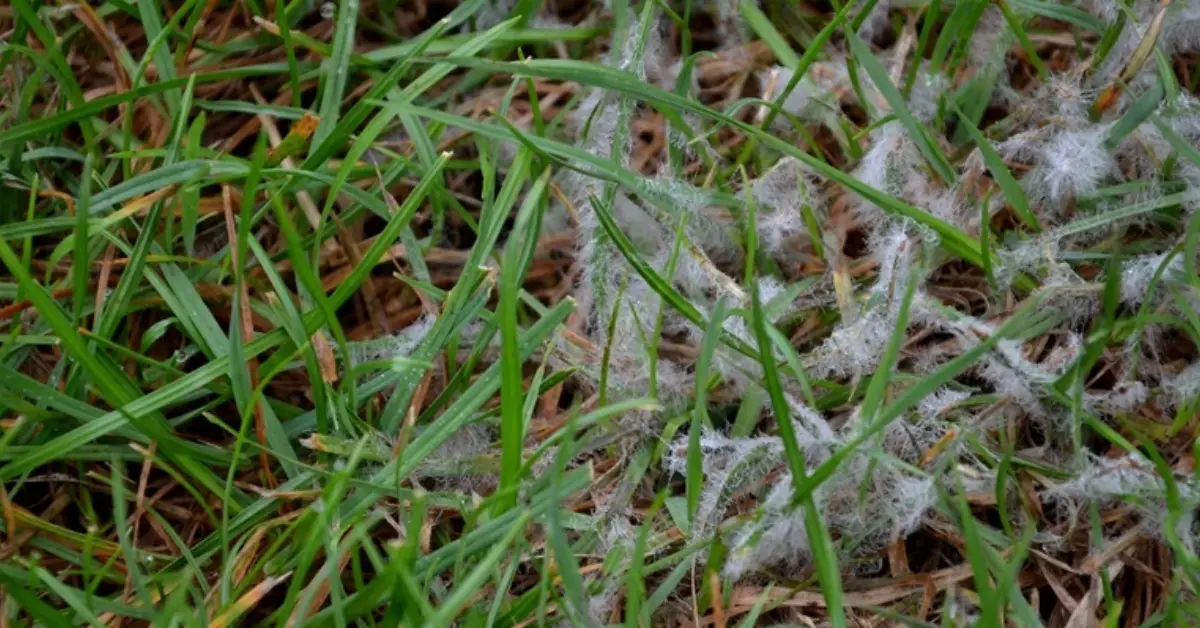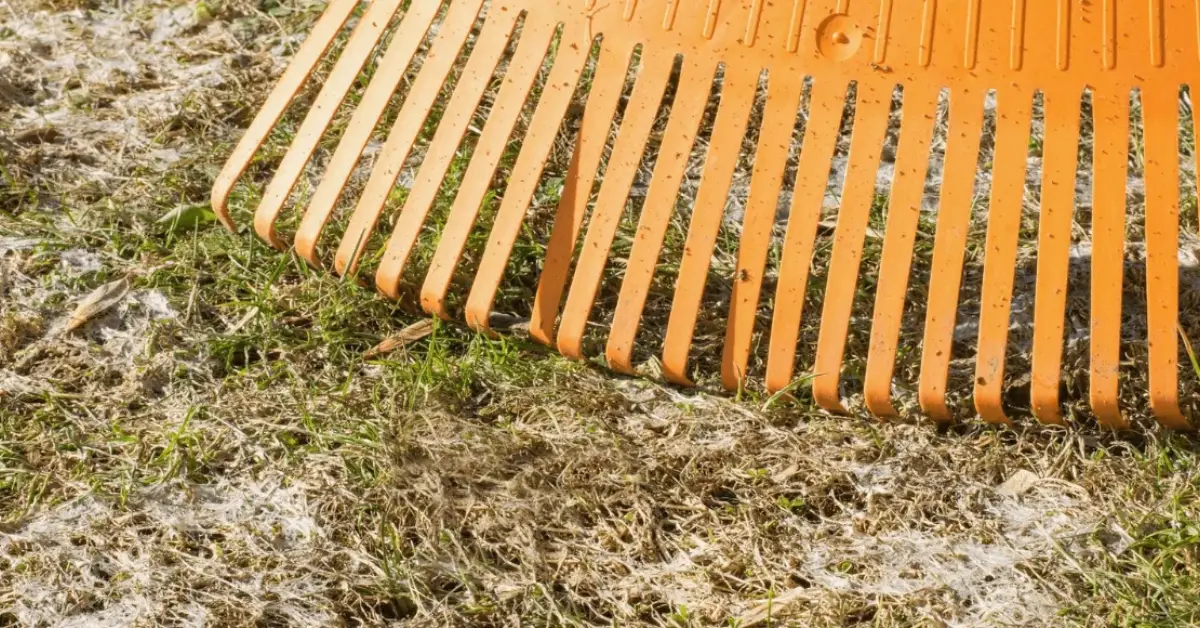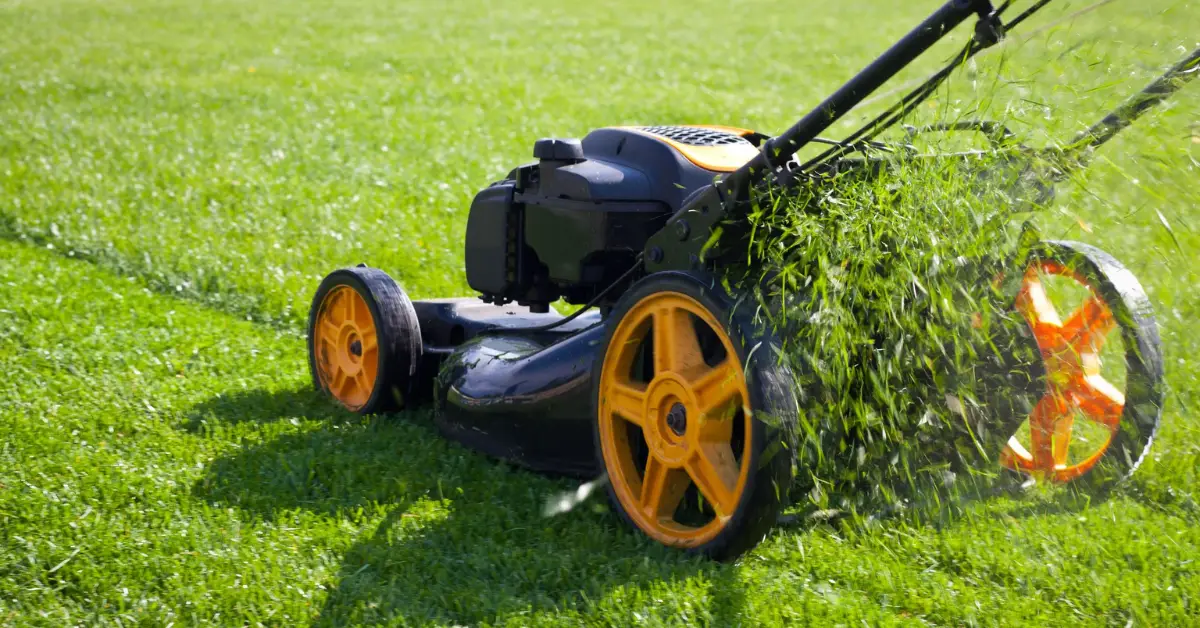10 Winter Lawn Care Hacks Every Homeowner Should Know
Every year, I see the same thing happen: the first frost hits, and suddenly homeowners panic because their lawn turns dull, patchy, and lifeless overnight. The truth is, that damage didn’t happen overnight—it started weeks earlier, when the lawn wasn’t properly winterized. If you’ve ever looked out your window in February and thought, “What happened to my grass?”, you’re not alone.
I’ve spent over two decades helping homeowners and property managers prepare their lawns for winter, and here’s what I’ve learned—most people over-focus on spring and underestimate what fall prep actually does. Think of it like this: your lawn doesn’t die in winter; it hibernates. Whether it wakes up strong or weak depends on what you do right now, before the ground freezes.
Winterizing isn’t about complicated chemicals or expensive gear. It’s about timing, care, and understanding what your grass actually needs before it goes dormant. The problem is that most guides out there repeat the same checklist—mow, rake, fertilize—and stop there. But the real difference comes from a few smart moves that protect the roots, feed the soil, and prevent the silent killers: compaction, fungus, and dehydration.
In this guide, I’ll walk you through ten proven, science-backed ways to get your lawn ready for cold weather—no fluff, no gimmicks, just practical steps I use myself and recommend to clients every fall. By the end, you’ll not only know how to winterize your lawn, you’ll know why each move matters.
Before we dive in—when was the last time you tested your soil or checked your mower height? Most homeowners skip those, and that’s exactly where winter trouble begins.
Why Your Lawn Needs Winter Prep (Before It’s Too Late)
Every fall, I meet homeowners who tell me, “I’ll deal with the lawn in spring.” The problem is—by then, it’s already too late. What your lawn does (or doesn’t do) in winter decides how it looks in April. Skipping winter prep doesn’t just mean a few brown patches—it can mean root damage, soil compaction, and even fungus that lingers until summer.
When you winterize right, you’re not just protecting grass; you’re setting up your lawn for an easy, fast comeback next year.
What “winterizing” actually means for your lawn
Winterizing isn’t about dumping fertilizer or raking leaves once. It’s a series of smart, timed moves that keep your lawn alive beneath the frost. Think of it like tucking your yard in before a long sleep. Here’s what that really means:
- Storing nutrients for the root zone before the soil freezes
- Reducing thatch and debris so air and moisture still flow
- Strengthening roots through proper mowing and aeration
- Locking in soil balance with the right pH and fertilizer mix
If you skip these, you’re basically sending your lawn into winter unprepared—weak, stressed, and vulnerable.
Hidden winter damage: root freeze, compaction, snow mold

Most people blame “bad weather” for a weak spring lawn. The truth? Weather only exposes what neglect has already done.
- Root freeze happens when your soil dries out before the frost, leaving roots exposed.
- Compaction comes from heavy snow or walking on frozen turf, suffocating roots.
- Snow mold forms when thick leaves or thatch trap moisture—leaving gray patches in spring.
You can avoid all of this with a few proactive steps before the first hard freeze.
The right window to act (region + grass type breakdown)
Timing matters more than anything. If you winterize too early, the grass keeps growing and wastes nutrients; too late, and the ground’s already frozen.
Here’s how to time it:
- Cool-season grasses (Kentucky bluegrass, fescue, ryegrass): prep when daytime temps stay around 50–60°F.
- Warm-season grasses (Bermuda, zoysia, St. Augustine): start earlier, when nights dip below 70°F.
Lawns prepped properly in fall recover up to 40% faster in spring. So don’t wait for the frost alert—get started while the soil is still workable.
Way 1 – Test Your Soil and Identify Grass Type
I can’t stress this enough—you can’t fix what you don’t understand. Before you grab a fertilizer bag or mower, you need to know your soil type and grass variety. It’s the foundation of smart lawn care, especially when winter’s around the corner.
Cool-season vs warm-season lawns: care differences
Each type has its own rhythm:
- Cool-season lawns grow most in fall and early spring, so they need a nutrient boost before dormancy.
- Warm-season lawns slow down as early as late September, so the goal is to protect roots and reduce stress—not push new growth.
If you know which one you’re caring for, your timing and fertilizer choices become 10x smarter.
Simple home soil test and what pH means for winter growth
A home soil test takes less than 30 minutes and can change how your lawn performs.
- Collect samples from 3–4 different spots in your yard.
- Mix and test them with a simple pH kit.
- Aim for a reading between 6.0 and 7.0 for balanced nutrient absorption.
If it’s too acidic, add lime; too alkaline, use organic compost or sulfur. This one step ensures your lawn has everything it needs to stay strong under snow.
Using test results to plan fertilization and watering
Once you understand your soil’s profile:
- Low nitrogen? Use a fall-specific slow-release fertilizer.
- Heavy clay soil? Aerate before applying nutrients.
- Poor drainage? Reduce watering before the first frost.
For detailed regional guidance, the Purdue University Extension explains how winter lawn prep depends on soil type and moisture management.
Way 2 – Mow at the Perfect Height for Winter Survival

You might not realize it, but the last mow before winter decides whether your grass wakes up healthy or dead. Most homeowners either mow too short or leave it too long—both mistakes can cost you months of spring recovery.
The magic number: 2.5–3 inches for most cool-season lawns
That’s the sweet spot—short enough to prevent matting, tall enough to shield the crown. For most lawns, aim to cut to 2.5–3 inches right before the frost settles in.
Why mowing too short weakens roots and invites disease
Scalping your lawn might look neat, but it weakens the entire root system. Here’s why:
- The grass spends stored energy on blade repair instead of root strength.
- Short blades can’t protect the crown from frost.
- Open soil becomes an easy entry point for mold and disease.
Before your final mow, make sure your equipment is in top shape—nothing ruins a clean cut faster than dull blades or bad storage. Check out our guide on proper lawn mower storage to keep your tools running like new all year.
So the next time you’re tempted to “cut it close,” remember—you’re shaving off your lawn’s defense layer.
Mulching vs bagging: which one’s safer pre-frost?
Mulching is great most of the year, but before winter, I always bag the clippings.
Here’s why:
- Mulched clippings can trap too much moisture under snow.
- Bagging keeps the turf surface clean and breathable.
- It prevents mold growth and thatch buildup during the cold months.
Way 3 – Clear Every Leaf and Bit of Thatch
I’ve seen more lawns ruined by wet leaves than by cold itself. When leaves pile up, they smother the grass and hold in moisture—creating the perfect breeding ground for fungus.
Why leaves block essential light and moisture balance
Even when your grass looks dormant, it’s still breathing beneath the surface. When leaves sit on top:
- Oxygen can’t reach the roots.
- Moisture gets trapped, feeding mold.
- The grass blades beneath start to decay.
A simple cleanup now means a greener start next spring.
How to check thatch thickness (½ inch rule)
Thatch—the spongy layer between the soil and grass—can be both friend and foe.
- Under ½ inch = good insulation.
- Over ½ inch = root suffocation.
Cut out a small plug of turf and measure the brown layer. If it’s too thick, use a dethatcher or power rake before the first freeze.
Smart tools for easy clearing — dethatchers, blowers, mulching mowers
You don’t need heavy equipment—just consistency and the right tools:
- Leaf blower for quick surface clearing.
- Mulching mower for light debris.
- Power rake/dethatcher for compacted thatch.
- Compost bin or bags to dispose of leaves properly.
Even 20 minutes of cleanup every weekend can prevent weeks of spring lawn repair later.
Way 4 – Aerate Before the Ground Freezes

When I step on a lawn and it feels hard like concrete, I know what’s coming: poor drainage, suffocated roots, and patchy growth in spring. Aeration solves all that. By poking holes and pulling small plugs of soil, you give the roots room to breathe, absorb water, and store nutrients before the freeze sets in.
Why fall aeration works best
- It relieves summer compaction caused by mowing and foot traffic.
- Roots expand and store oxygen before the soil seals up for winter.
- Water and fertilizer move deeper, strengthening the plant base.
If you use a plug (core) aerator, plan to do it a few weeks before the first hard frost. Spike aerators help, but plugs work better for long-term soil health.
Way 5 – Feed Your Lawn With a True Winterizer Fertilizer
You can’t skip feeding your lawn before winter. This is when it loads up on nutrients for the dormant season. A good winterizer helps your grass wake up strong and green when spring rolls in.
What makes a fertilizer “winter-ready”
- More potassium (K): builds root resilience and disease resistance.
- Less nitrogen (N): avoids pushing top growth that will just die back.
- Slow-release formula: feeds roots gradually through cold weather.
Apply your winterizer while the grass is still green but growth has slowed. If you’re in a warm region like the South, where lawns stay semi-active longer, Lawn Starter explains that southern grasses benefit most from feeding about four to six weeks before dormancy begins.
This small timing tweak alone can make your lawn bounce back nearly twice as fast when spring hits.
Way 6 – Deep Water One Last Time
I always tell clients: dry roots freeze first. A deep watering before the first freeze keeps the soil moist and stable, reducing the risk of root damage.
How to water wisely before winter
- Give your lawn about one inch of water the week before frost.
- Morning watering is best so the soil can absorb before temperatures drop.
- Avoid overwatering — soggy lawns invite mold once snow piles up.
If your area gets low winter precipitation, this step is non-negotiable. Moist soil acts like insulation against the cold.
Way 7 – Edge and Define Lawn Borders
It’s easy to overlook edges, but they matter. When you clean and define your borders, you prevent grass from creeping into garden beds and keep snowmelt runoff from pooling.
Quick edging checklist
- Use a half-moon edger or trimmer for crisp, clean lines.
- Create a shallow trench along beds to guide meltwater away.
- Remove stray roots or runners that might freeze and rot.
Come spring, your lawn will look polished and controlled—no extra trimming needed.
Way 8 – Protect Against Snow and Salt Damage

Winter isn’t kind to lawns that sit near driveways or sidewalks. Salt and piled snow can scorch grass and change soil chemistry.
How to shield your turf
- Use calcium chloride instead of rock salt—it’s gentler on roots.
- Pile snow strategically—avoid dumping it repeatedly in one spot.
- Lay burlap or breathable fabric barriers along vulnerable edges.
If your lawn often turns yellow near the pavement in spring, this step is your fix. Prevention beats repair every time.
Way 9 – Overseed Bare or Thin Patches
Before winter hits, patchy lawns deserve one final chance. Overseeding fills in thin spots, protects soil from erosion, and sets up a dense green carpet for spring.
Steps for smart overseeding
- Mow short (around 2 inches).
- Rake to loosen soil.
- Spread seed evenly using a broadcast spreader.
- Water lightly every day for a week or until sprouts appear.
If you’re in a warm region, go for ryegrass—it stays green longer and blends beautifully with dormant warm-season lawns.
Way 10 – Do a Final Equipment and Irrigation Check
The last job before winter isn’t in your yard—it’s in your shed. Prepping your tools and irrigation system now saves you time and money in spring.
Your final checklist before frost:
- Drain hoses completely to avoid cracking.
- Shut off irrigation and blow out water lines.
- Clean and sharpen mower blades.
- Add fuel stabilizer to gas engines or drain tanks fully.
Good tools make good lawns—and taking care of them now means no surprises when the thaw arrives.
Bonus: Common Mistakes That Ruin Winter Prep

Even seasoned homeowners slip up here. I’ve seen perfect lawns go dull in spring because of small oversights that could’ve been avoided. If you want all your hard work to pay off, steer clear of these common mistakes.
Cutting grass too short
Scalping your lawn before winter might seem tidy, but it weakens roots and leaves the crown exposed to frost. Keep the grass around 2.5–3 inches—just enough to protect the base without trapping moisture.
Over-mowing or using dull blades are two of the most common DIY lawn care mistakes homeowners make before winter. A little awareness now can save you months of repair later.
Fertilizing too late
Applying fertilizer after the ground has chilled does more harm than good. Roots can’t absorb nutrients efficiently once soil temps drop below 50°F. Fertilize early enough that the nutrients soak in before dormancy starts.
Ignoring leaf buildup or irrigation blowouts
A thick layer of leaves suffocates turf, invites snow mold, and blocks winter sunlight. And if you forget to drain your irrigation lines, that leftover water can freeze, expand, and crack pipes or sprinkler heads.
Quick-Action Winterizing Checklist
Here’s a simple 10-point recap you can save, screenshot, or print to make sure you don’t miss a thing this season:
- Test your soil and note your grass type.
- Mow one last time—leave about 2.5–3 inches.
- Rake up leaves and dethatch heavily matted spots.
- Aerate to loosen compacted soil.
- Apply a high-potassium, low-nitrogen winterizer fertilizer.
- Deeply water the lawn before the first freeze.
- Edge and define borders to guide runoff.
- Protect areas near sidewalks from salt or piled snow.
- Overseed thin or patchy zones.
- Drain hoses, clean tools, and shut off irrigation.
Keep this handy, and you’ll never second-guess your prep again.
Before You Go — Let’s Make Your Lawn Spring-Ready Together
If this guide helped you, drop a quick comment below and tell me how your lawn handles winter where you live—I’d love to hear your challenges and wins.
And if you’re serious about keeping your yard looking build like new year-round, visit Build Like New for more real-world lawn care strategies, home improvement ideas, and seasonal maintenance tips that actually work.
If you’re also thinking about refreshing your home’s overall look once spring hits, take a look at our latest ideas on simple ways to improve curb appeal. It’s the perfect next step once your lawn’s prepped for winter.
Disclaimer: This content is for general informational purposes only and shouldn’t replace professional lawn care advice. Always consider your local climate, soil type, and grass variety before applying any product or treatment.


